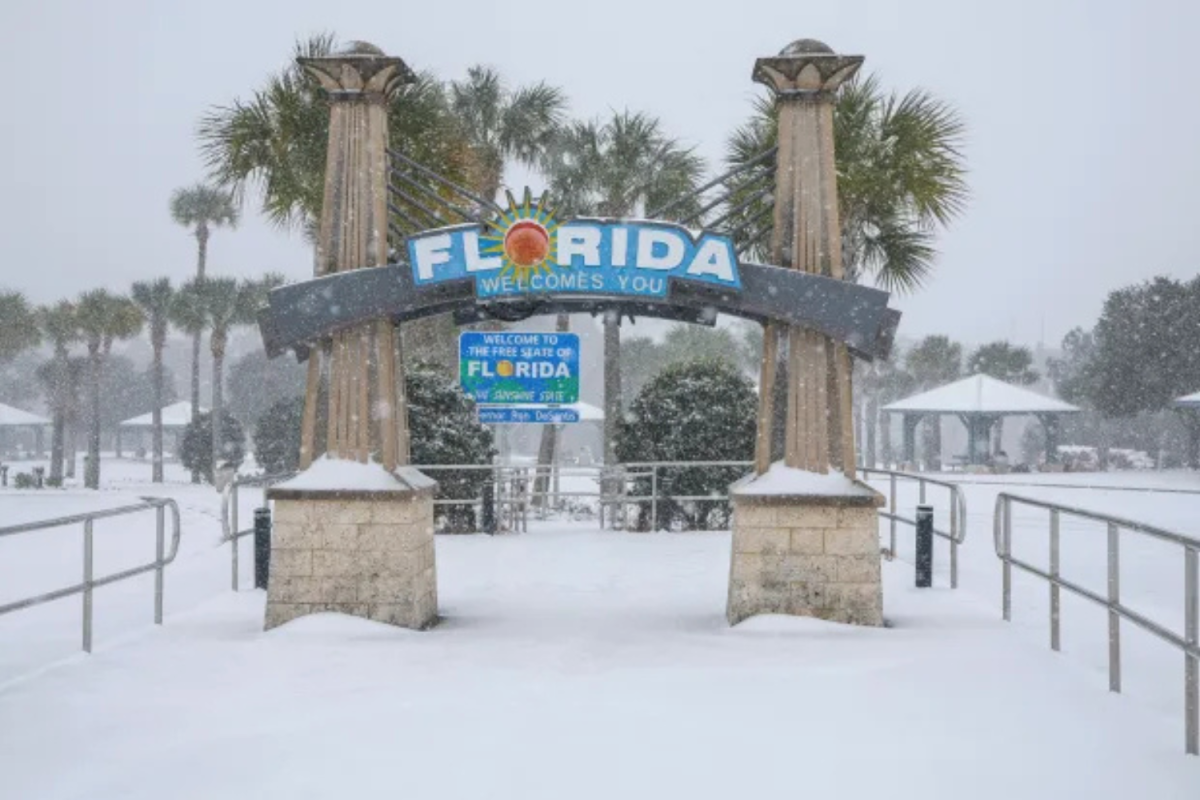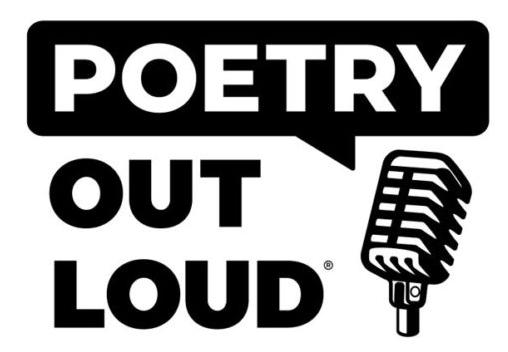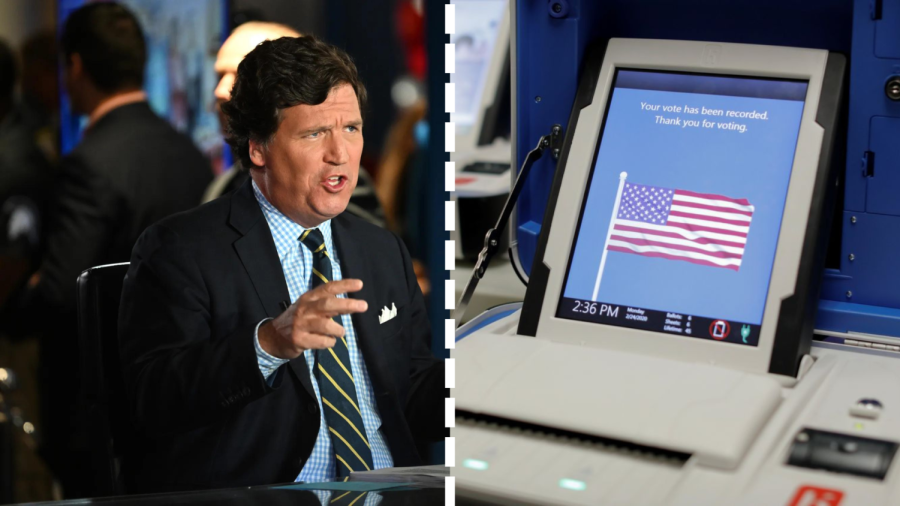Maybe John Muir was a fool.
Muir, the godfather of contemporary environmentalism, was among the first activists to proclaim the “oneness” of humans and the natural world and to insist that we seek to live in harmony with our surroundings. So convinced was he of nature’s essential goodness that once during a temblor, he ran out of his cabin at midnight crying “a noble earthquake! A noble earthquake!”
But after the events of the last week in Japan, it’s hard to see his point.
For the last half-century, Americans have been atoning for the environmental sins of their forefathers, essentially buying into Muir’s worldview. Before the 1960s, the average person generally assumed that human culture — civilization — was an all-around force for good in the world. Indeed, few educated people would have questioned Sigmund Freud’s dictum that the “principal task of civilization, its actual raison d’etre, is to defend us against nature.”
But postwar prosperity, the emergence of post-materialist values, the advent of the car culture that allowed us to visit our national parks and the publication of Rachel Carson’s anti-pesticide manifesto “Silent Spring” all converged to raise the idea of environmental protection in the public consciousness.
This new environmentalism, aligned with the counterculture of the 1960s and ’70s, turned the tables. The growing awareness of human mismanagement of the Earth — air pollution, endangered species, climate change — inspired people to see human civilization as more of a detriment than a blessing. The need to protect nature from humans supplanted the need to protect humans from nature. Rather than viewing ourselves as overlords of the Earth, we increasingly came to see ourselves, in the Muir-like words of environmental activist Howard Zahniser, “as part of the system of nature, not demigods above or outside it.”
One might think that the Japanese earthquake and tsunami would further our sense of humility in the face of nature. But the earthquake and the tsunami — as well as Hurricane Katrina, the Indian Ocean tsunami and tragic earthquakes in Pakistan, Haiti and New Zealand — might also have the opposite effect. In the wake of these catastrophes, Americans could revert to the old-fashioned impulse to master nature.
“When you encounter large-scale natural disasters, you recognize how much of our security and well-being is secured by competent engineering,” a liberal Washington journalist tweeted and told me last week. In other words, when nature turns on us once too often, we may decide it’s better to fight back than to defer.
That sentiment was expressed last January during Australia’s devastating floods. Columnist Chris Gardiner, who contributes to a News Corp. commentary site called The Punch, reacted to the devastation by arguing that humans “should resist the naive nature worship” and “seek to direct and pacify its destructive outbursts.”
Not surprisingly, the National Academy of Engineering would agree. In 2007, it issued a report examining social and governmental responses to recent natural disasters. It concluded that our best chance of dealing with threats from nature was tackling them head on, through “better engineering.”
This message resonates with the work of journalist David Owen, author of “Green Metropolis,” and urbanist and Harvard economist Edward Glaeser. Both argue that the best way to cope with dangerous environmental deterioration is not to scale back our cities — one of our primary imprints on the land — but to scale them up, building more high-rises, more extensive transit networks and generally taking a stronger hand in engineering our environment. As Glaeser writes, the architects and developers of giant skyscrapers “are better guides to a greener future than Henry David Thoreau.”
Ironically, the Japanese might be the ones who can lead us into this less naive and more aggressive stance. With a long tradition of respecting nature’s majesty as well its destructive force, Japan is among the most engineered yet environmentally conscious countries in the world.
Despite the death toll and the ruins, Japan’s approach no doubt saved many lives. The fact that its imperiled nuclear reactors were still standing after an earthquake thousands of times stronger than predicted is a testament to that.
Our response to this tragedy, then, shouldn’t be to hail the nobility of the earthquake a la John Muir but to redouble our efforts, however imperfect, to tame the Earth.
———
ABOUT THE WRITER
Gregory Rodriguez is a columnist for the Los Angeles Times. Readers may send him e-mail at [email protected].
———
(c) 2011, Los Angeles Times.
Visit the Los Angeles Times on the Internet at http://www.latimes.com/
Distributed by McClatchy-Tribune Information Services.








